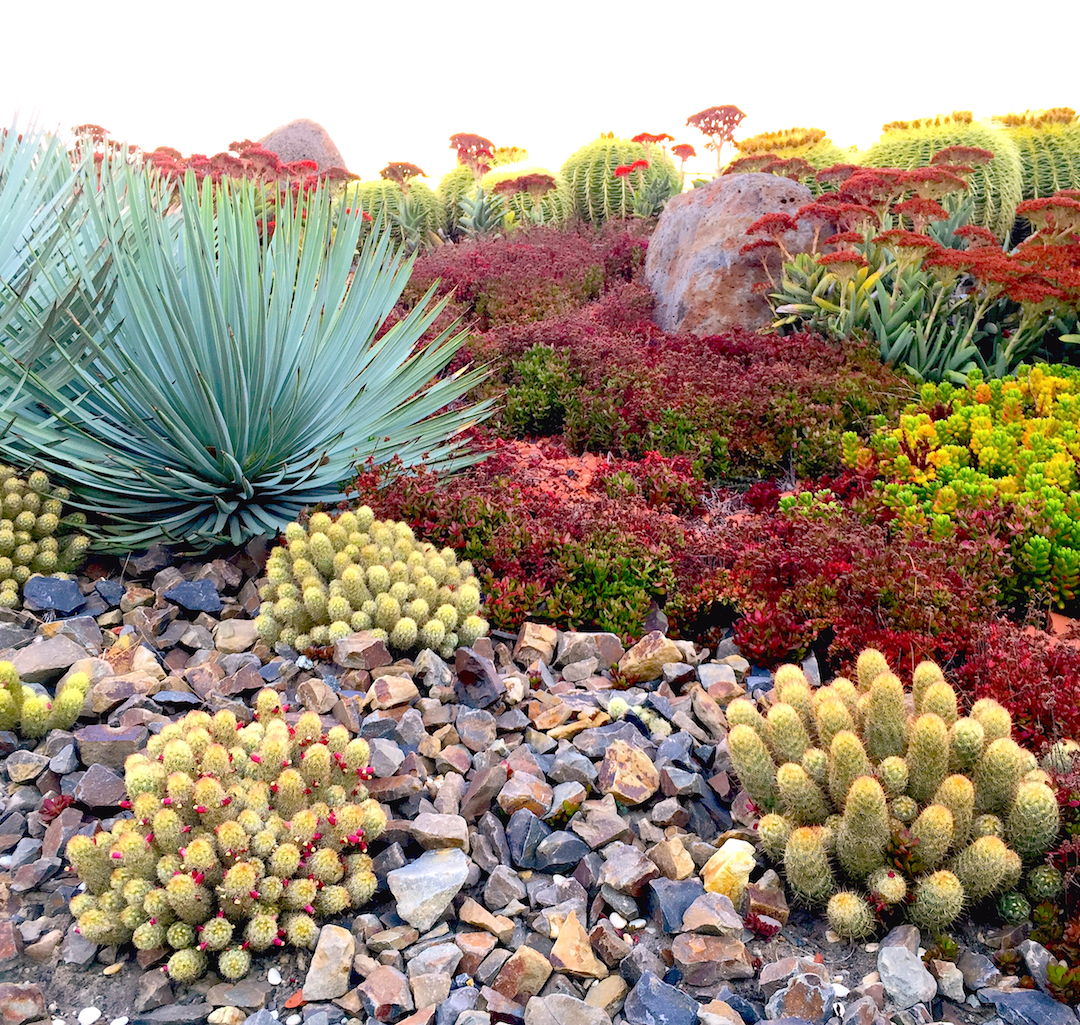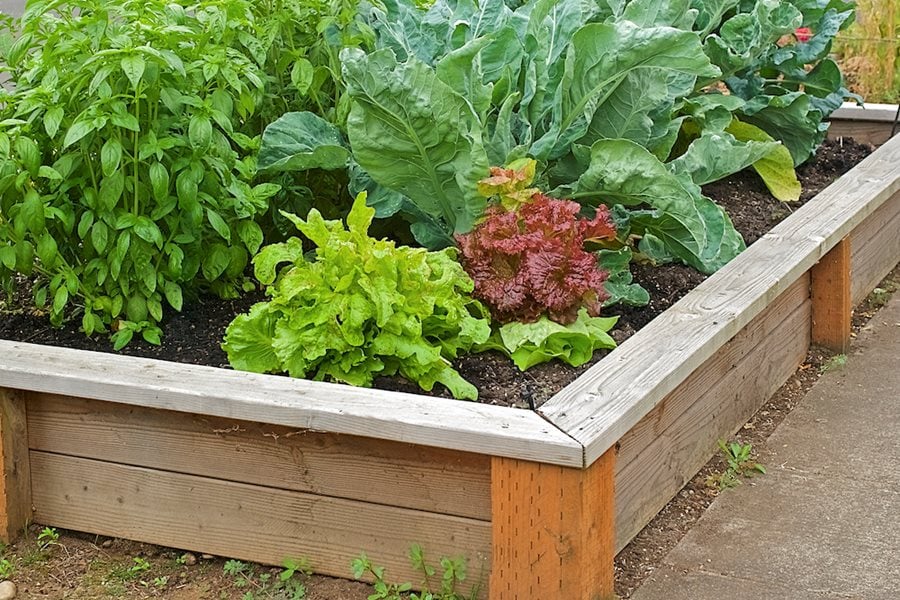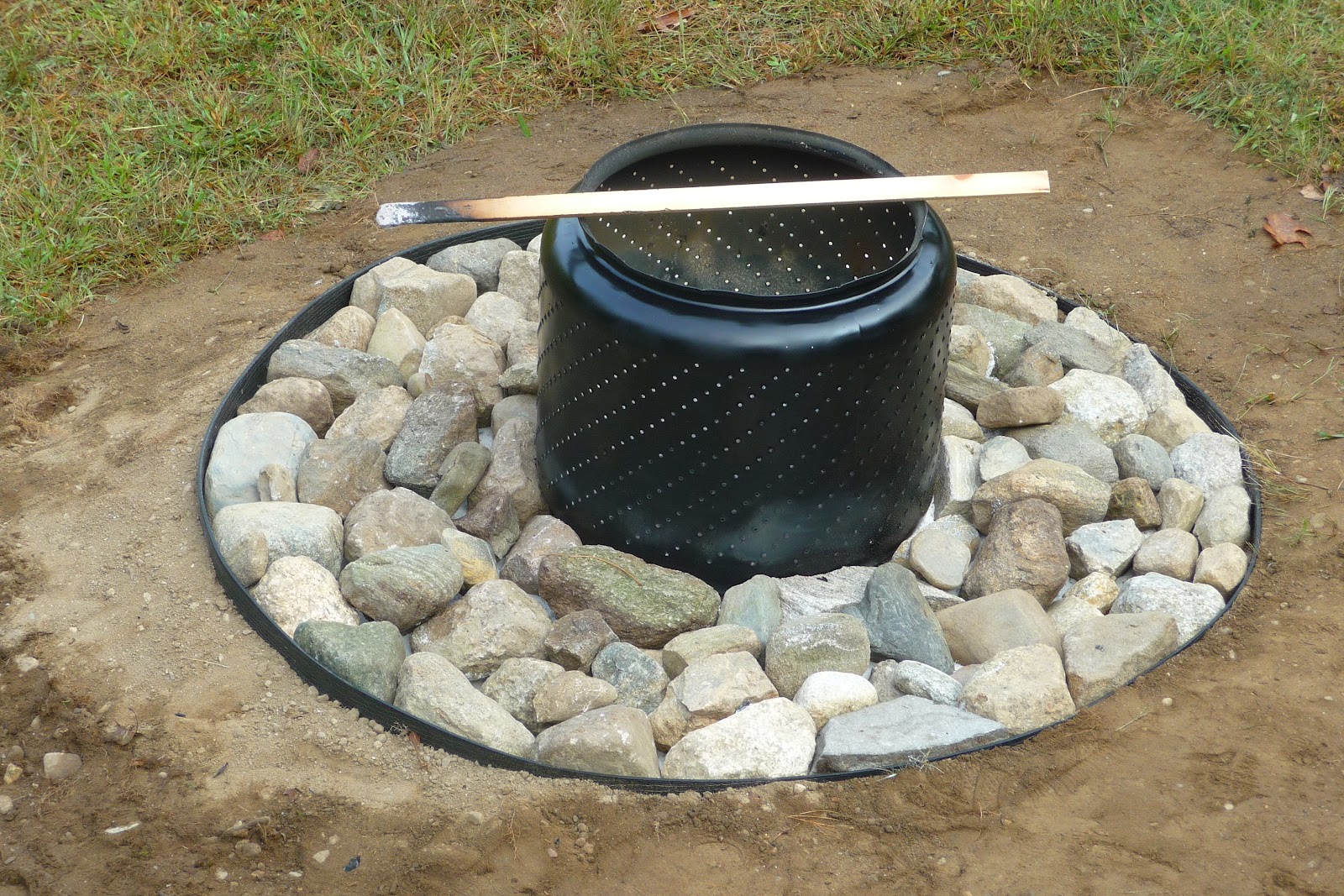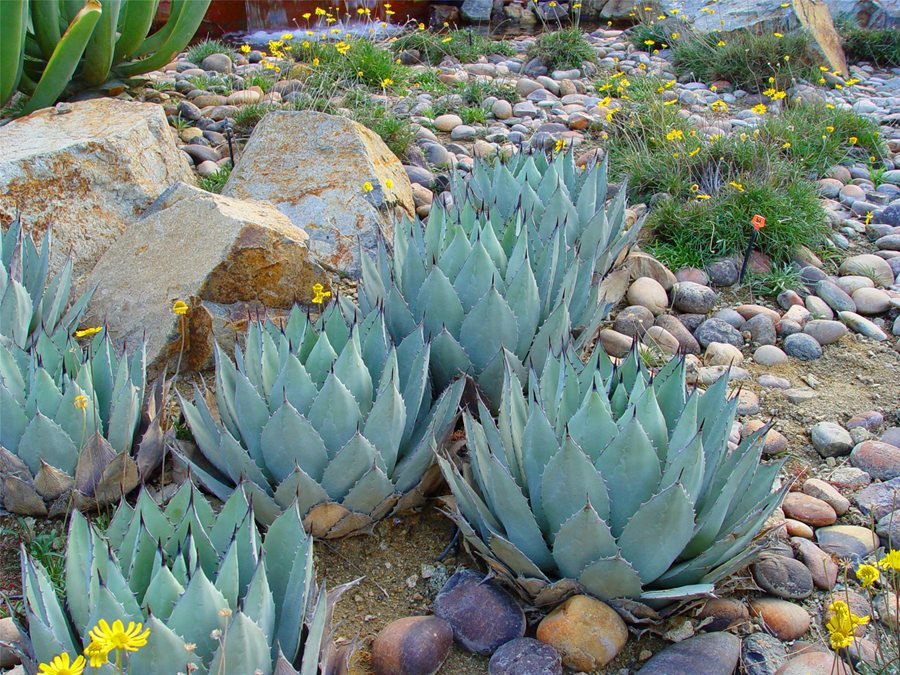Adding Home Value
Adding value to a home doesn’t always have to be a major renovation project. There are several budget-conscious ways to enhance curb appeal and increase the value of your home. Here are some expert-recommended tips:
Landscaping: Improve your home’s exterior by maintaining a well-manicured lawn, planting colorful flowers, and adding shrubs or trees strategically. A visually appealing landscape can greatly enhance curb appeal.
Exterior Painting: Give your home a fresh look by repainting the exterior. Choose neutral or trending colors that complement the style of your house and the neighborhood.
Front Door Upgrade: Upgrade your front door to make a strong first impression. Consider a new door with a stylish design, or repaint the existing one to give it a pop of color.
Lighting: Install outdoor lighting fixtures to highlight your home’s architectural features and illuminate pathways. Well-placed lighting can create an inviting atmosphere and enhance safety.
Window Treatments: Install window shutters or add decorative trim around windows to enhance their appearance. It can make your home look more polished and aesthetically pleasing.
Clean and Declutter: A clean and clutter-free exterior creates a positive impression. Power wash the exterior walls, clean windows, and remove any unnecessary items or debris from the yard.
Upgrade Hardware: Replace outdated or worn-out hardware, such as doorknobs, handles, and house numbers. Choose modern styles that complement the overall design of your home.
Outdoor Living Spaces: Create an inviting outdoor space, such as a deck, patio, or seating area. Potential buyers appreciate outdoor living areas where they can relax and entertain.
Energy Efficiency: Consider energy-efficient upgrades like installing programmable thermostats, LED lighting, or adding insulation. These improvements can save money on utility bills and attract environmentally conscious buyers.
Maintenance: Regularly maintain your home’s exterior by fixing any damaged or worn-out elements. Repairing or replacing broken roof tiles, damaged gutters, or cracked walkways can improve the overall appearance and prevent further issues.
Remember, even small changes can have a significant impact on the value and appeal of your home. Prioritize improvements that align with your budget and the specific needs of your property.
© 2025 All Rights Reserved.
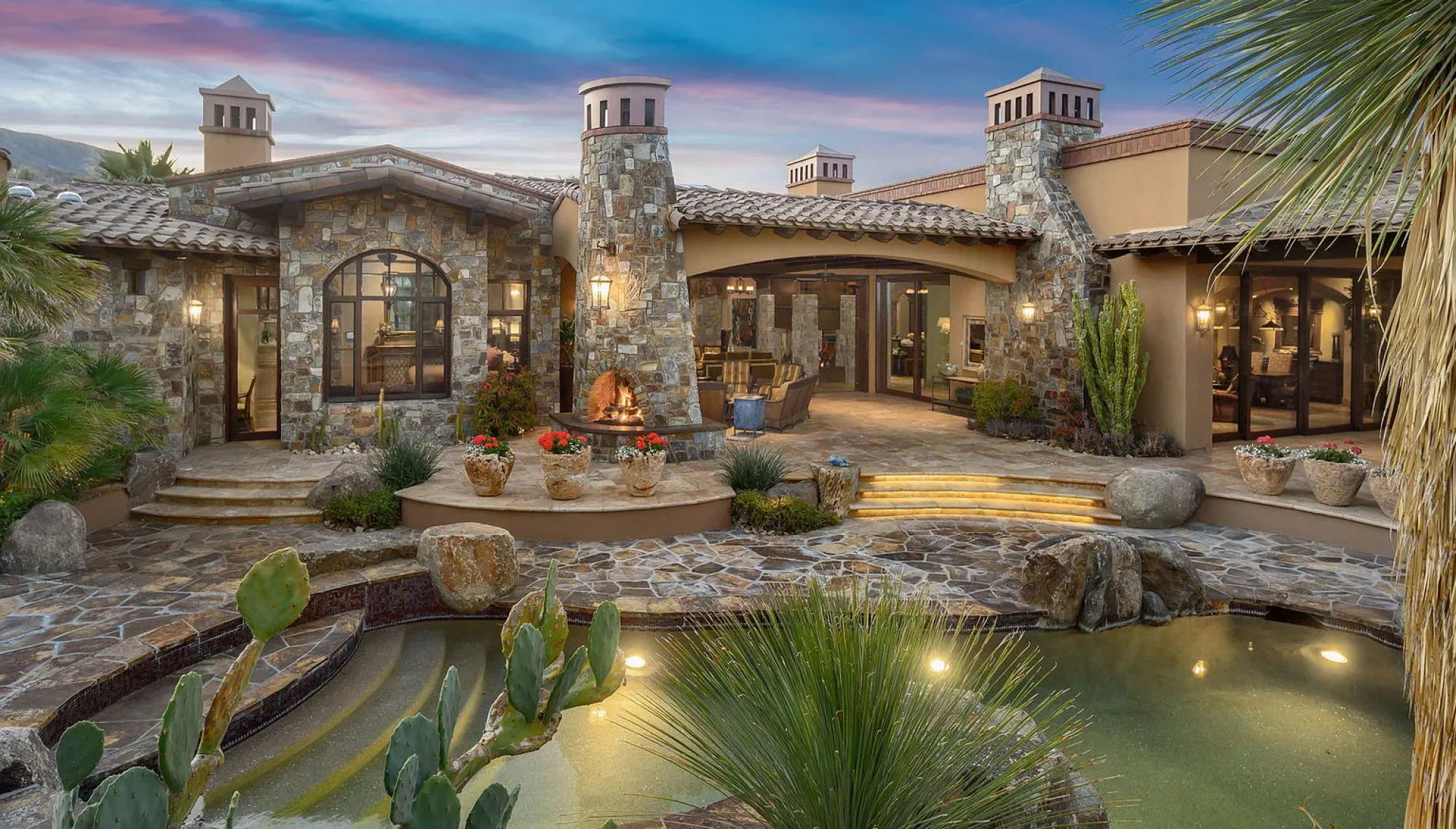



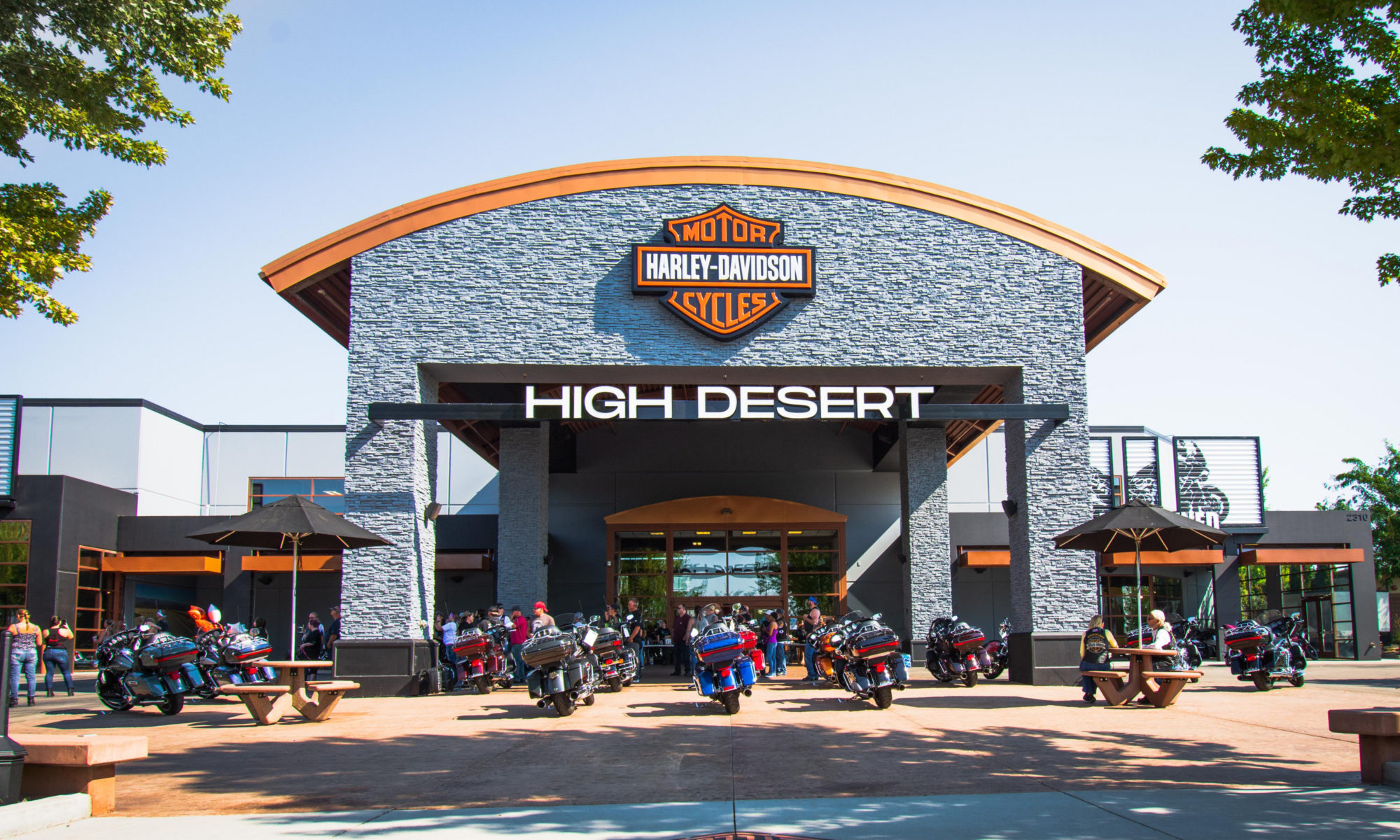
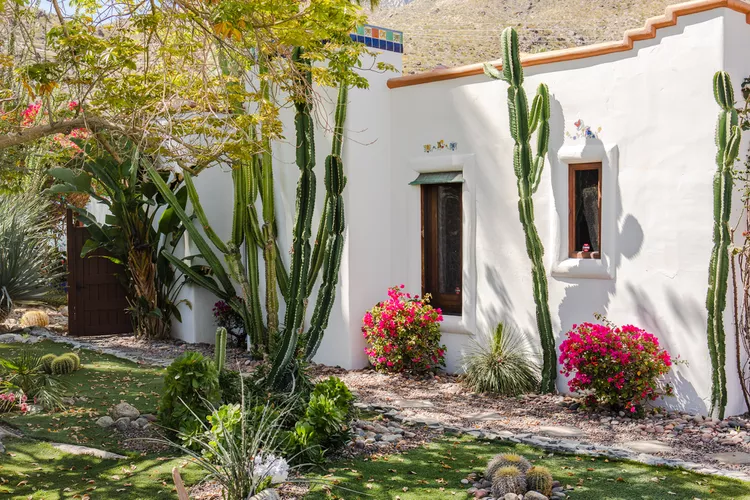
:max_bytes(150000):strip_icc()/beartrappalette-23e19c7f2c034a4ba35b6bdd523646be.jpg)
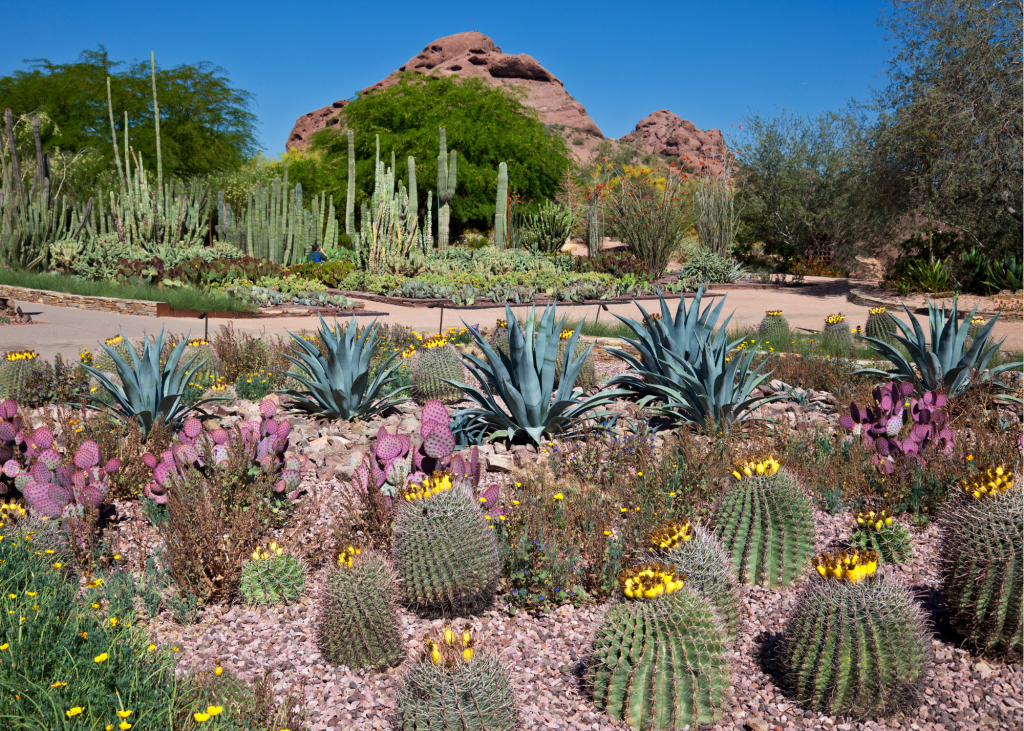

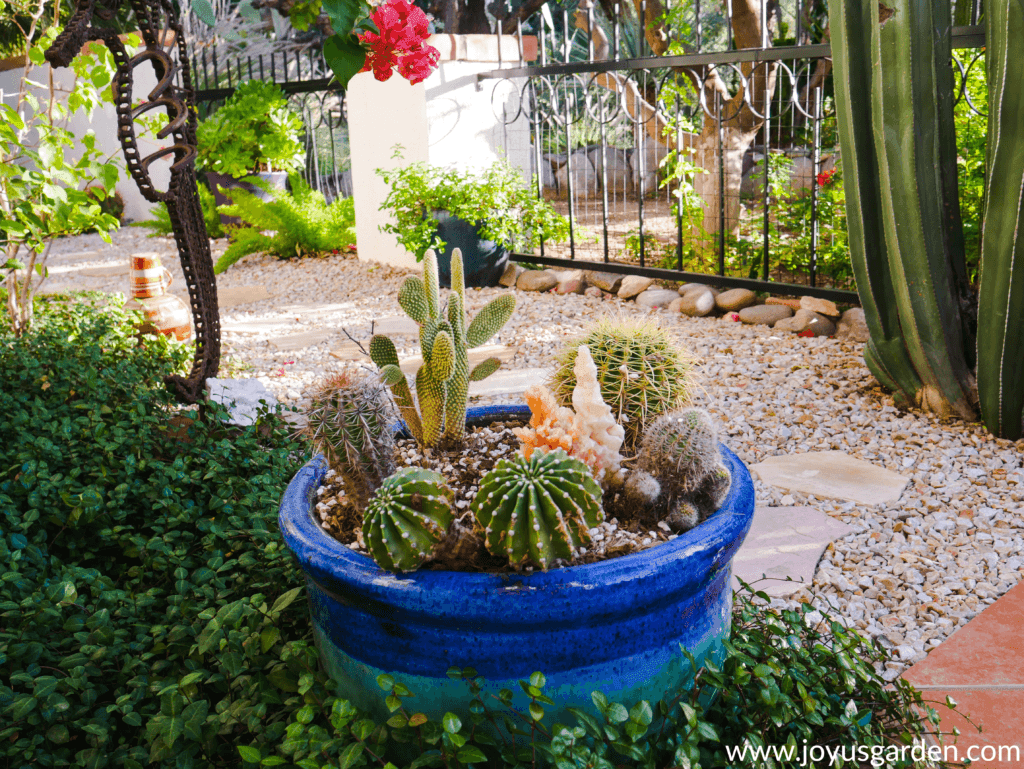
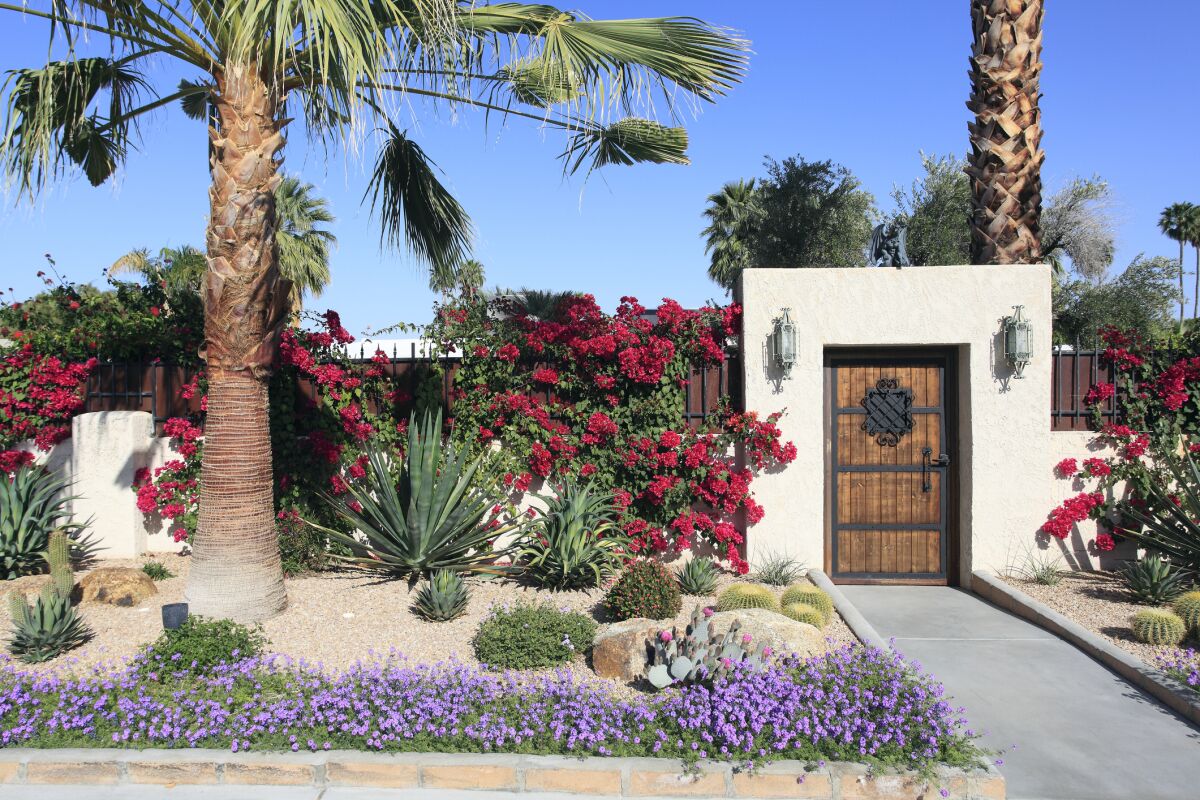

:strip_icc()/Cactus-garden-E76GiclO4zJ9DBCr6_Ecet-e471cd6b703e46e2a381d8b2f472f160.jpg)

:max_bytes(150000):strip_icc()/avidgraveldesert-0960d620c0a04b95bed7d80b19dd720b.jpg)

:max_bytes(150000):strip_icc()/firecrackerfloweravid-4ef6966b96c347f08a3cd0b44f2c4743.jpg)
:max_bytes(150000):strip_icc()/avidsimpledesert-30a58ce3536946bf8089914256c6c50c.jpg)

